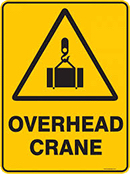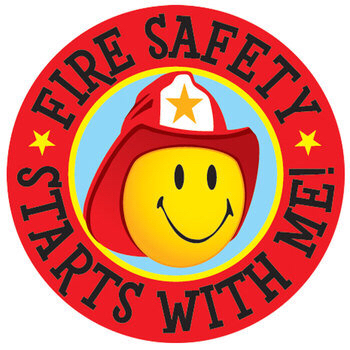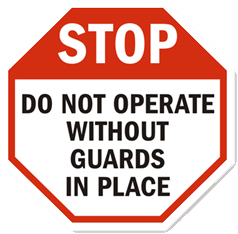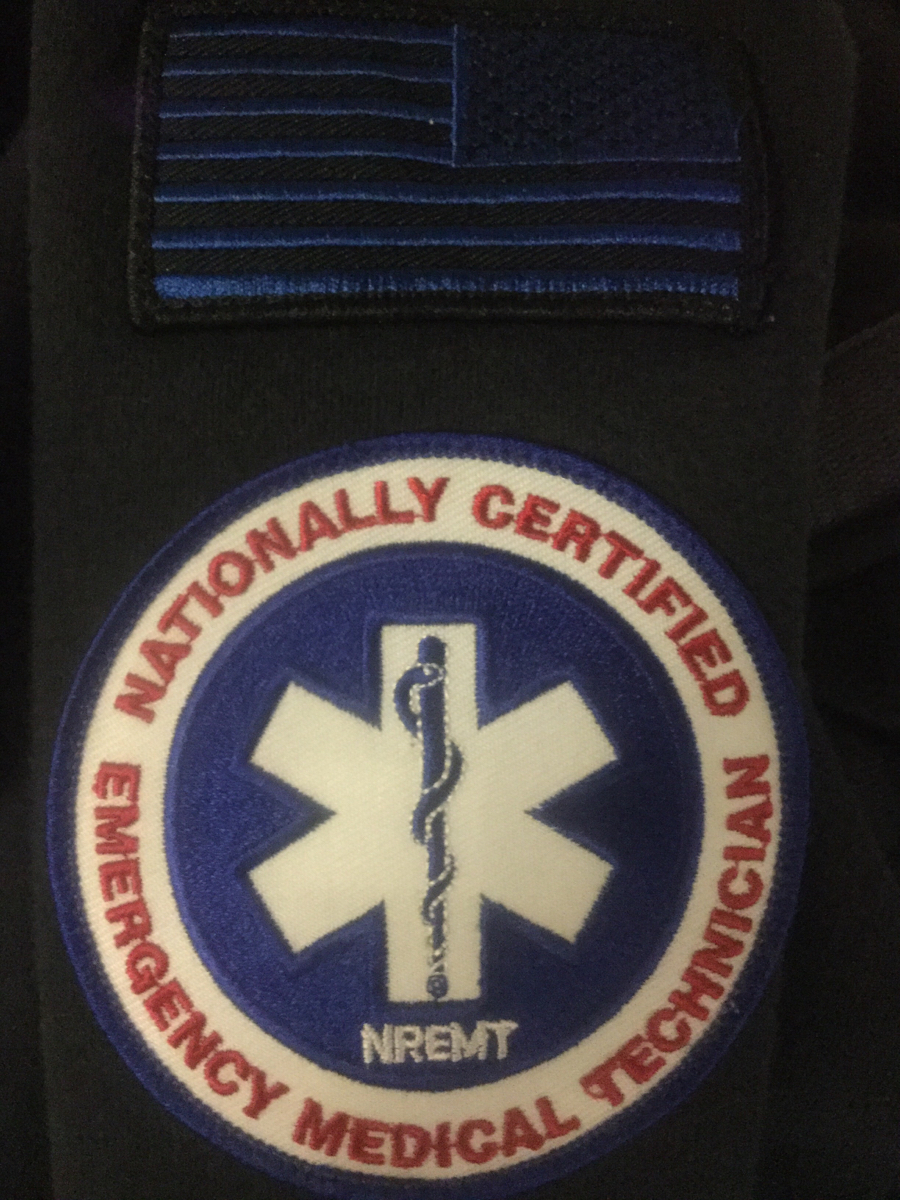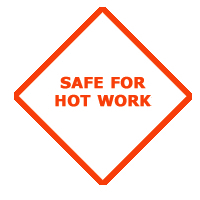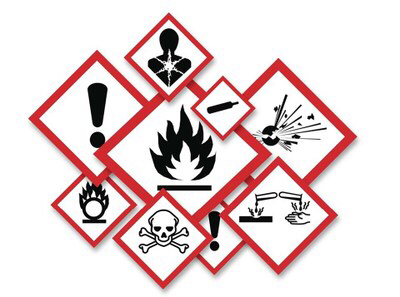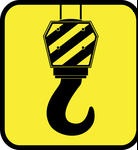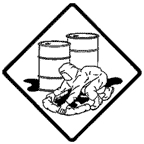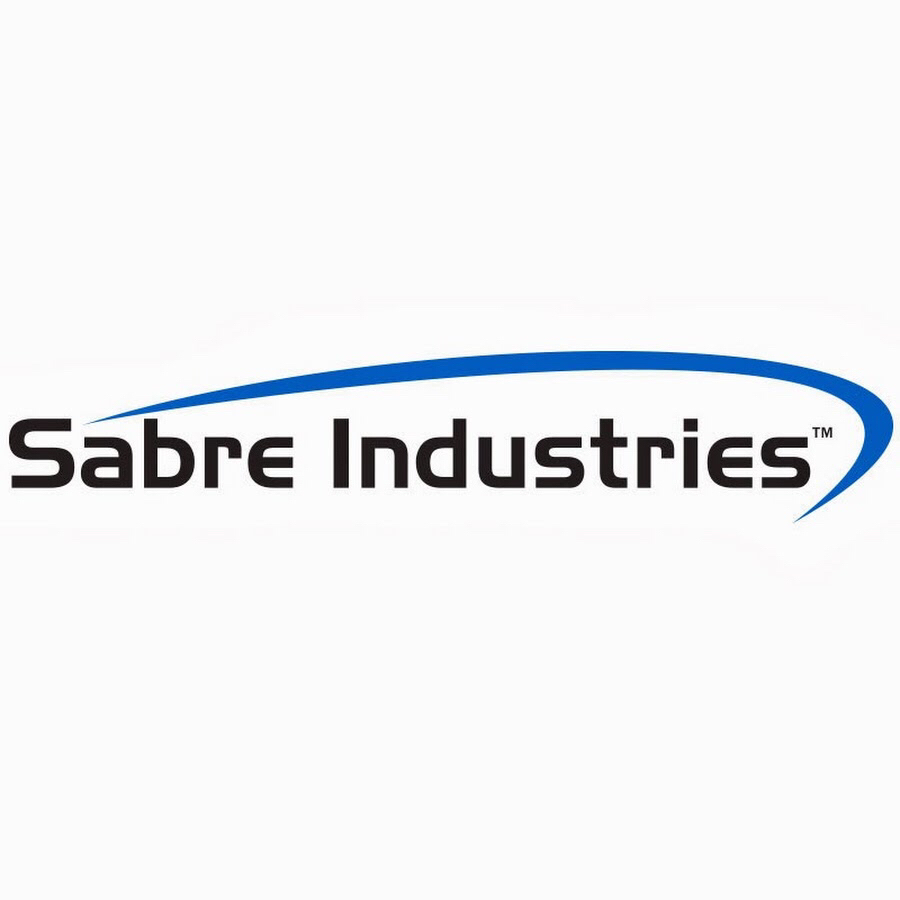Title Page
-
Document No.
-
Crane Audit
-
SABRE Sioux City
-
Conducted on
-
Prepared by
-
Is there at least a 3" overhead clearance and a 2" lateral clearance between the crane and any obstruction.
-
Are the load markings on each side of the crane bridge, hoist and or load block?
-
Do the rail sweeps extend in front of of truck wheels and below the rail?
-
Are the bridge bumpers energy absorbing?
-
Do the trolley stops provide limits of trolley travel and at least equal to the the radius of the wheel when the tread is engaged?
-
Are all moving parts guarded?
-
Are the sheaves guarded and keep rope in grooves?
-
Are hoisting rope guarded to prevent fouling or electrical contact?
-
Do hoist ropes have the proper strength, length, attachments and equalizers?
-
Are holding brakes self setting?
-
Are control brakes one of the following types: worm gearing, mechanical load break or power control braking?
-
Is electrical equipment protected from dirt, oil, grease and water?
-
Is electrical equipment guarded to prevent contact?
-
Does the crane stop if signal from remote is lost?
-
Do the resister enclosures have adequate ventilation?
-
Is the power supply switch: located on a fix structure, accessible from the floor and arranged to be locked in the open position?
-
Does the limit switch prevent over travel in the hoisting direction?
-
Does the magnet circuit switch provide discharging of the inductive load of the magnet, provide locking in the open position and is enclosed?
-
Are runway conductors guarded or located so the a person can not come in contact with them?
-
Are the bridge brakes either a brake or non-costing mechanical drive?
-
Are all employees that will use crane trained to a standard?
-
Is there a remedial program for incidents and retraining?
